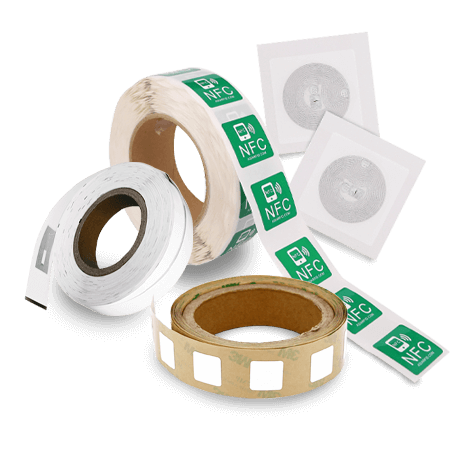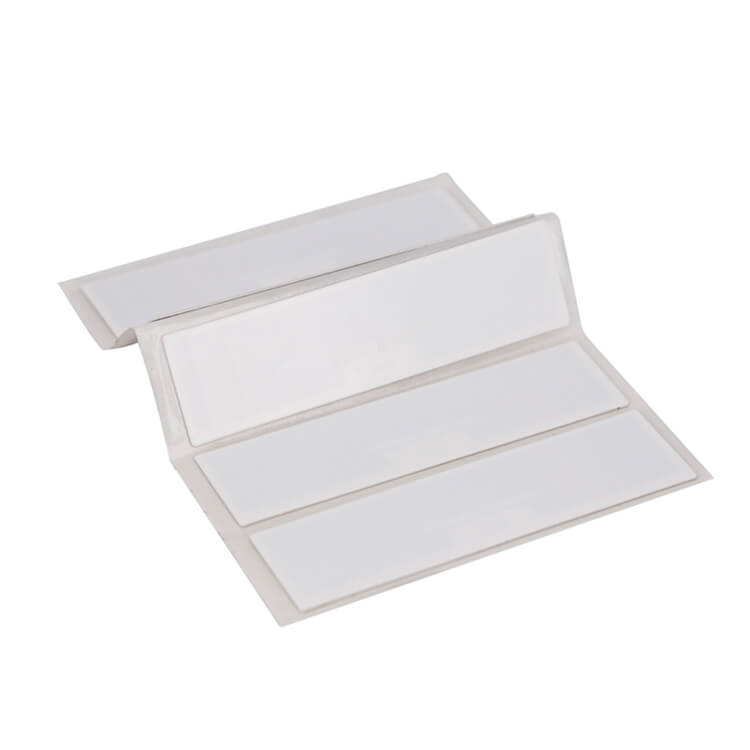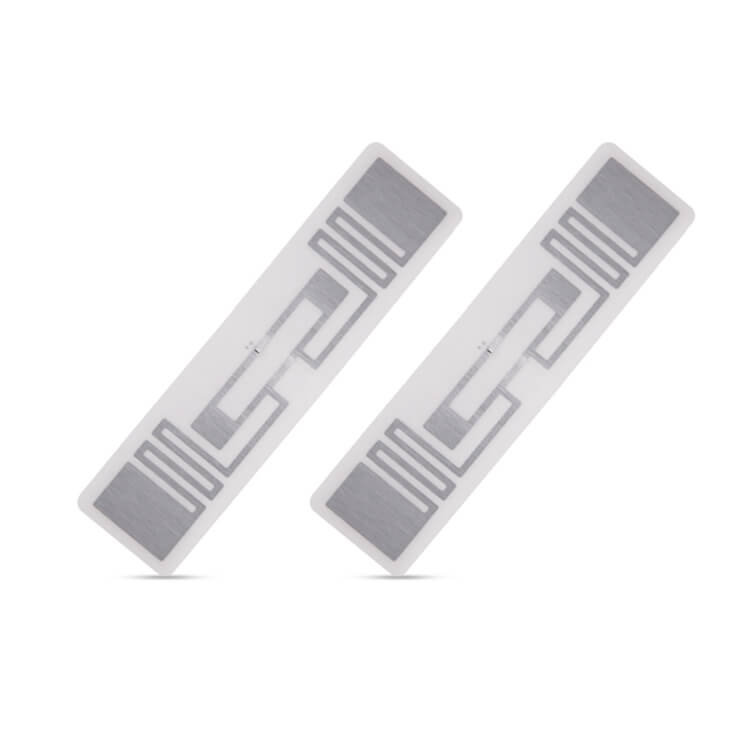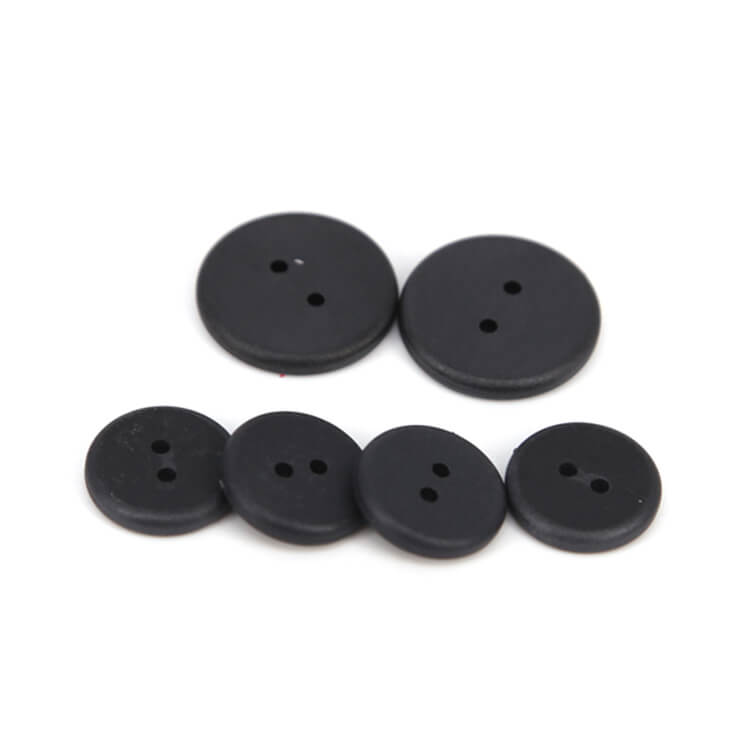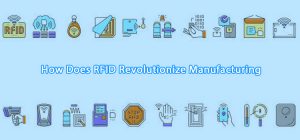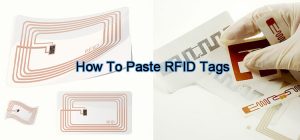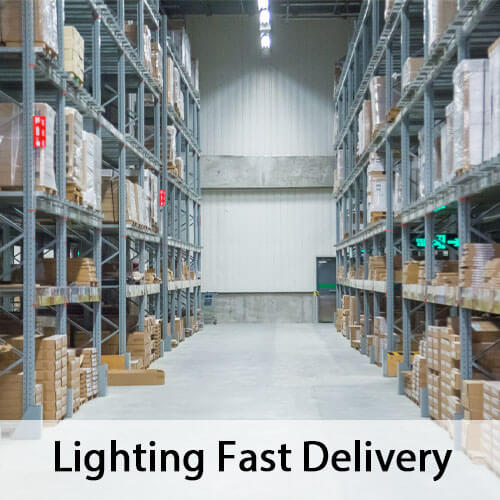You can use long range UHF RFID tags to track the location of high-value assets, such as vehicles, equipment, and tools. By reading the tag IDs, you can quickly determine the last known location of the asset. You can thenuse this information to optimize routes, schedule maintenance, and prevent theft.
However, tracking metallic items using this technology can be challenging, as the metal can interfere with the RFID signal. In these cases, you need to use metal-mount RFID tags.
These anti-metal tags are modified versions of traditional UHF RFID tags that have been designed to work in the presence of metal. They feature a special “shielding” layer that effectively blocks the signal from reflecting off the metal and disrupting the tag’s communication.
You can also use long range RFID tags for pallet tracking. By attaching a tag to each pallet, you can track its movement throughout the supply chain. This can help you optimize inventory and improve distribution efficiency.
Animal RFID ID tags are small, lightweight, and can be read from a distance. They are embedded under the animal’s skin, ensuring that they can’t be lost or removed.
They track the movement of animals and monitor their health. They can also help identify lost animals, ensuring that they are returned to their rightful owners.
However, you must be careful to buy tags compliant with the international standards for animal identification. They must be modified to work in the presence of moisture& liquid, which is present in all animal tissues.
Once you tag all of your animals, you can use a long range RFID reader to scan them from a distance. This will allow you to quickly and easily identify individual animals.
RFID tags are used to protect against identity theft and fraud. RFID-enabled passports contain encoded information readable by special scanners. This information is used to verify the holder’s identity and check their visa status.
If someone attempts to enter a country using a stolen or counterfeit passport, the RFID tag will be detected and flagged. This helps to prevent people from illegally entering countries and prevents identity theft.
Long range RFID tags can help track items throughout the supply chain. You can track their location and movement. This way, you will optimize inventory levels, reduce losses, and improve distribution efficiency.
For example, you can use RFID tags to track containers through the supply chain. By reading the tag IDs, you can quickly determine the contents of each container and its location. This information helps to improve the flow of goods and prevent delays.
In addition, RFID tags can track individual items as they move through the supply chain, making it easy to identify lost or stolen items.
You can also use RFID tags to monitor the environmental conditions of products. This way, you will ensure that products are stored and transported safely and securely.
You can use long range RFID tags to track the location of vehicles. By reading the tag IDs, you can determine the last known status of a vehicle. You can also use this information to optimize routes, schedule maintenance, and prevent theft.
In addition, you can use RFID tags to monitor the status of vehicles. This information is critical in identifying problems and preventing accidents.
RFID tags are essential for tracking luggage as it moves through the airport. By reading the tag IDs, airport officials can quickly determine the contents and location of each piece of luggage. This function ensures an improved flow of luggage and prevents delays.
They are also being used to track people as they move through the airport. This information helps in optimizing security, monitoring compliance, and improving safety.

